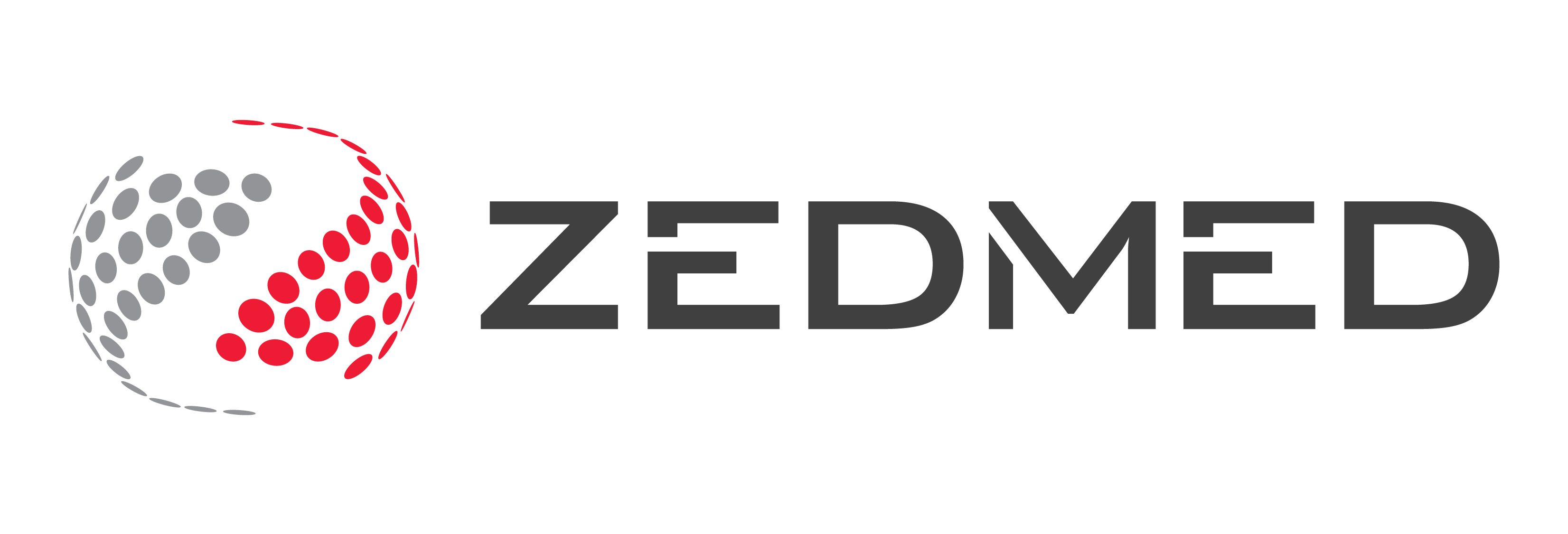Navigating the acronyms in healthcare technology can be confusing, even for experienced medical professionals. Today, we’re breaking down three common terms: EMR, EHR, and PMS. Knowing the differences will help you choose the right tools to optimise your practice and improve patient care.
What is an EMR? (Electronic Medical Record)
An EMR is the digital version of a patient’s paper chart. Doctors, nurses, and healthcare staff use it to document medical history, medications, appointments, test results, and diagnoses. Think of it as the central hub for a patient’s clinical information—designed for use within a single healthcare practice.
What is an EHR? (Electronic Health Record)
An EHR takes the EMR concept further. It allows secure access to a patient’s complete medical history across multiple healthcare providers, hospitals, and pharmacies. This connectivity improves care coordination, reduces duplicate tests, and ensures healthcare teams have the full picture when making clinical decisions.
What is a PMS? (Practice Management System)
A PMS handles the business side of healthcare. It manages appointment scheduling, billing, insurance claims, payroll, and other administrative processes. In short, it’s the engine that keeps your practice running efficiently behind the scenes.
Key Differences Between EMR, EHR, and PMS
- Focus: EMRs and EHRs store and manage clinical data, while PMS focuses on administration and financial operations.
- Accessibility: EMRs are used within one practice, while EHRs connect patient records across healthcare networks.
- Purpose: EMRs and EHRs improve clinical decision-making; PMS improves efficiency and workflow.
Which One Does Your Practice Need?
It depends on your size and needs.
- Small, single-practitioner clinics might find a basic EMR sufficient.
- Larger practices or those that share patient data across networks benefit from an EHR.
- PMS is essential for streamlining administration—and often integrates with EMR or EHR systems for a complete healthcare management solution.
How to Choose the Right System
- Match the software to your practice’s size, workflow, and budget.
- Look for integration options to prevent data silos.
- Choose user-friendly systems to encourage adoption among staff.
- Consider scalability for future growth.
Investing in the right technology can transform your practice, enhance patient outcomes, and reduce administrative headaches.
Bonus Tips for Selecting EMR, EHR, or PMS Software
- Research vendors thoroughly.
- Read online reviews and compare features.
- Request demos and ask detailed questions.
- Involve your team in the selection process.
Is Zedmed an EMR, EHR, or PMS?
Zedmed is more than just a practice management system. While it includes powerful PMS features, it also delivers the full functionality of an EMR and EHR—making it an all-in-one software solution for Australian medical practices.
